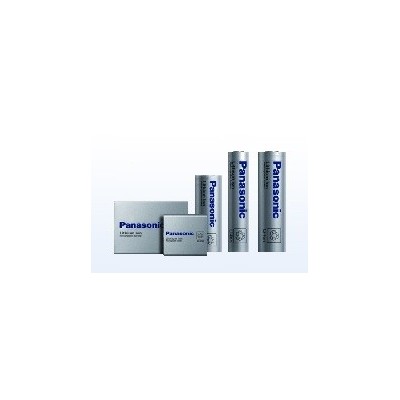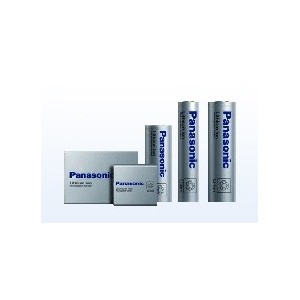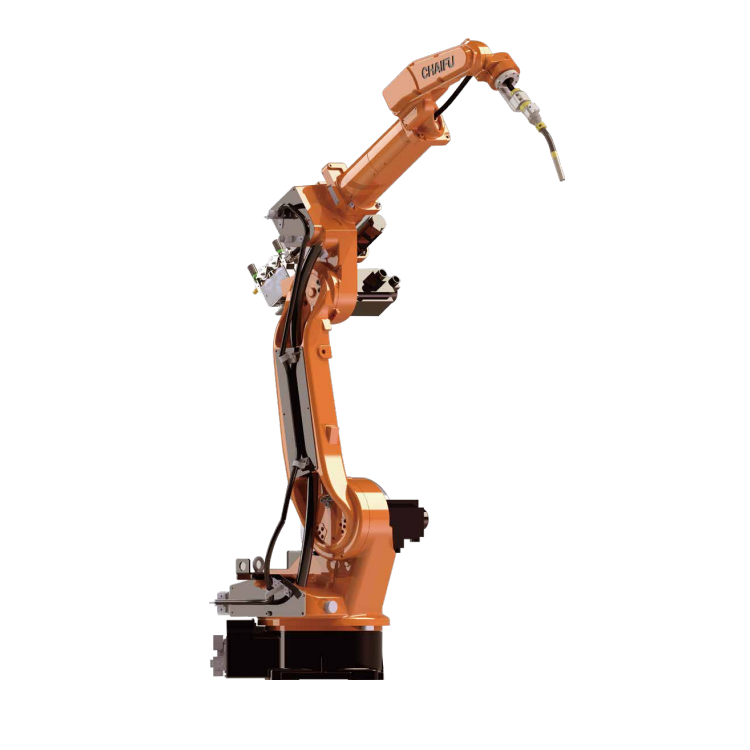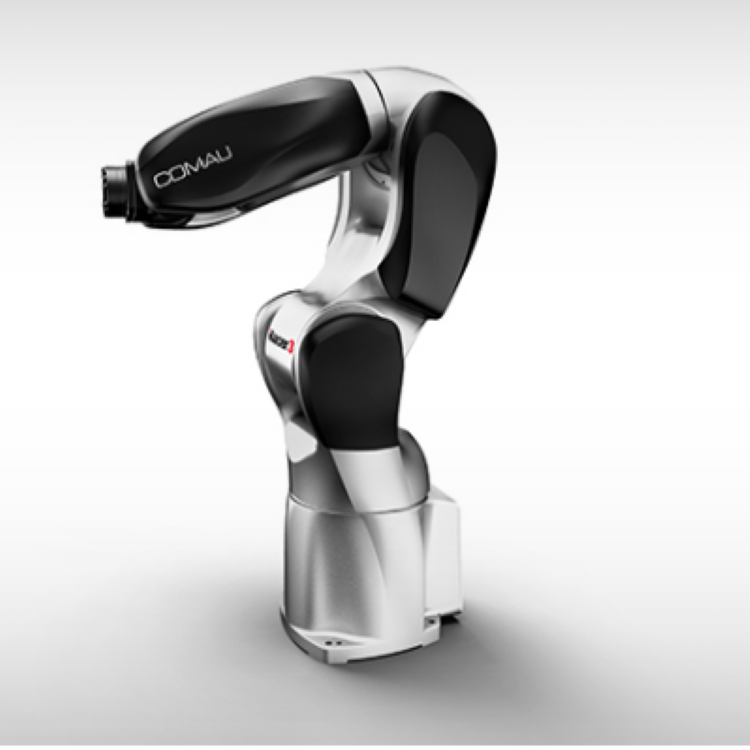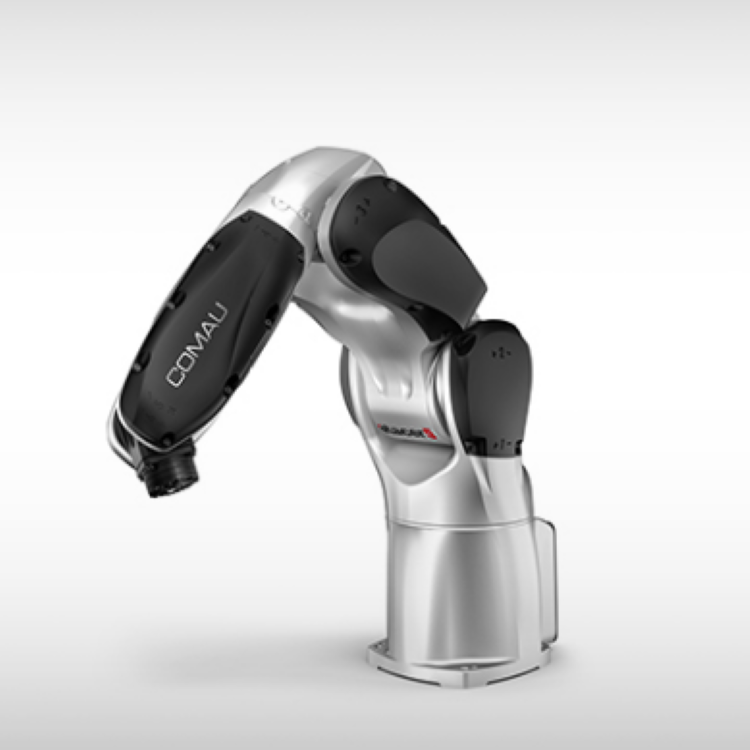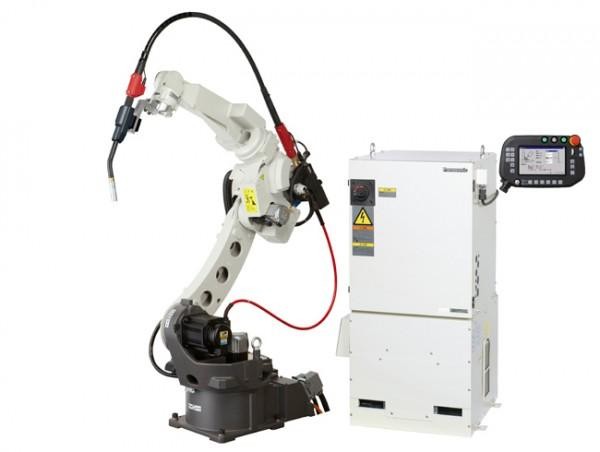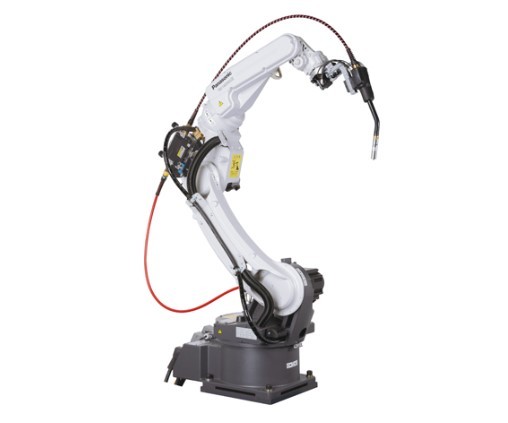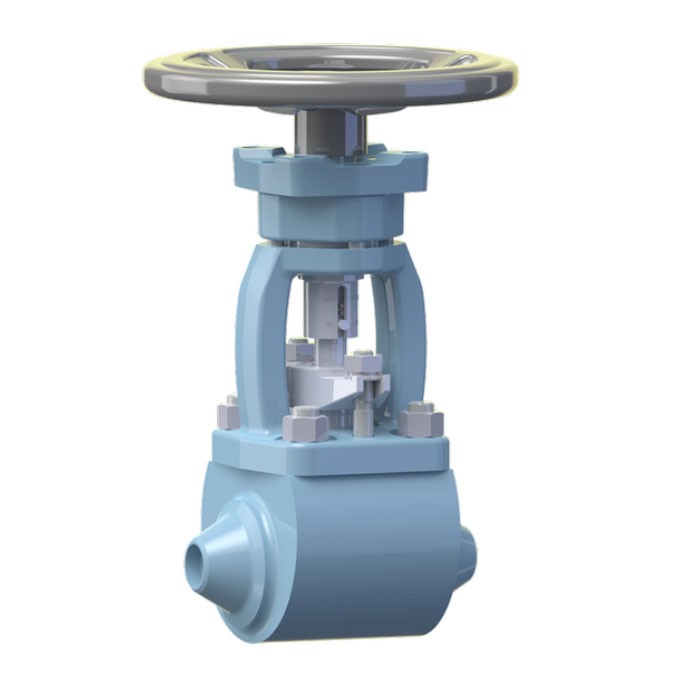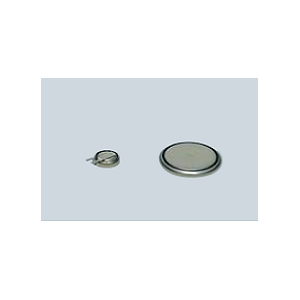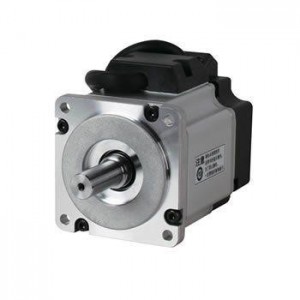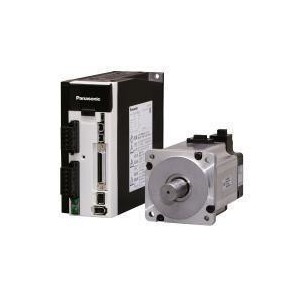Direct current energy is generated by chemical reaction and charged and discharged by the movement of lithium ions between the positive and negative electrodes. In general, the commonly used cathode materials are cobalt, nickel and manganese, and the commonly used anode materials are carbon (graphite).
In terms of electrode structure, the positive electrode and negative electrode of lithium-ion battery are layered structure, and lithium ion is embedded in them. The lithium ion moves from the positive pole to the negative pole during charging and from the negative pole to the positive pole during discharging.
Main performance of lithium ion battery
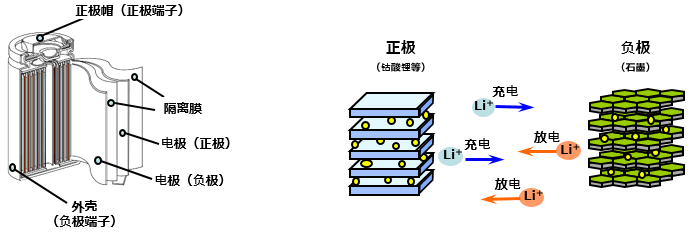
"High energy density": compared with other secondary batteries (Ni MH battery, Ni Cd battery, lead-acid battery), it has higher energy density and can produce small and light batteries.
· "get high power": the battery has a higher voltage value and can get high power output. At the same time, higher current can be accepted to shorten the charging time.
"Longer life": the secondary battery can be used repeatedly by charging. The more times of charge and discharge, the slower the performance aging, the longer the battery life.
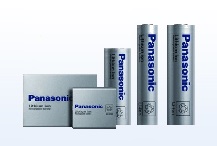
The company's lithium-ion battery expertise
The specialty is "high capacity" and "high security". In particular, "high capacity" means high energy density battery. The higher the capacity, the more important it is to ensure the "safety" of the battery. based on this point, while working on the battery materials and development process, the battery is combined into modules, packages and systems in a step-by-step manner, and is committed to the development of control technology aiming at the safe use of the battery, so as to ensure high reliability. Make full use of these advantages and promote them in a variety of application fields.

